The technology industry is loaded with jargon. Often a result of trying to simplify complex concepts, the abbreviations, buzzwords, and blurred lines can confuse even tech veterans, let alone those new to enterprise tech. So, in hopes of adding some clarity to the conversation, we’ve written a high-level overview that defines the most popular cloud services categories: SaaS, PaaS, and IaaS. Much like modernizing traditional applications can be simpler than you think, we believe the various cloud categories don’t have to be complex, either.
Many people use relatively straightforward cloud services every day for their email (Gmail, Office365), file storage (Dropbox, iCloud, etc.), and more. However, enterprise businesses face a much more complicated ecosystem of cloud offerings that range from basic tasks like hosting creation tools for company collaboration, to mission-critical services like hosting virtual data centers and complete application environments. Some platforms offer a mix of proprietary development and applications, while others are simply subscription-based services. No matter how the services are delivered, the ultimate goal is to free organizations from the constraints of physical, on-premises data centers. Unfortunately, this is often easier said than done.
To get started, we’ll examine the different types of cloud computing services, which, currently, are split into three categories: Software as a Service (SaaS), Platform as a Service (PaaS), and Infrastructure as a Service (IaaS).
Software as a Service
Software as a Service (SaaS) is the simplest form of cloud computing. There is no third-party development or resource for the user, rather SaaS applications offer powerful tools right from your web browser that, in most cases, give users the ability to collaborate with others cheaply and from any location.
A good example of SaaS is Google Workspace – a productivity suite that is free for anyone to use. All you have to do is log-in and you instantly have access to a word processor, spreadsheet application, and presentation creator. Google’s online services are managed directly from the web browser and require zero installation. You can access your Google Docs, Sheets, Slides, and more from any computer or mobile device with a web browser.
Platform as a Service
Platform as a Service (PaaS) is where a third-party provider equips developers with proprietary APIs to make applications that will run within a specific environment. While a developer is free to create any application they wish, the app is locked to the platform used for its creation. This method of developing applications can be low cost or even free and allows you to leverage the infrastructure and tools of an already established cloud company for building or migrating your existing applications. This also gives you the ability to quickly make your application available to a wide audience.
The downside to PaaS is that you can only use the tools and languages provided by your chosen platform. Plus, the level of detail in operation may be limited to what the API exposes; you may not get machine-level control and flexibility.
An example of PaaS is Facebook. Developers can create specific applications for the Facebook platform using proprietary APIs and make that application available to any Facebook user. Some applications integrate a user’s Twitter and Facebook account, others integrate a database with a Facebook profile.
Infrastructure as a Service
The third segment of cloud services is Infrastructure as a Service (IaaS). This is the most comprehensive cloud platform and is mainly used by full-time developers or large-scale enterprise customers.
While SaaS lets you use cloud apps and PaaS lets you develop apps, IaaS gives you the infrastructure to develop, run, and manage your applications in cloud environments — providing for virtually limitless storage and computing power without having any physical hardware to own or operate.
Skytap is an example of IaaS. Skytap provides access to cloud-hosted compute, storage, and networking resources through a global network of data centers with a 99.95% availability SLA.
You can consume Skytap through a yearly or multi-year committed consumption model that tailors our resources to your unique workload demands or you can choose to consume it in a pay-as-you-go (PayGo) model. We recognize that needs may differ across businesses, so we’ve created infrastructure options that are flexible. You can migrate traditional applications to our cloud, unchanged, and deliver instant, on-demand access to production-ready environments for your most important applications.
Skytap is designed to migrate and run the legacy or traditional IBM Power applications running most enterprises today.
The Takeaway
SaaS, PaaS, and IaaS all have value to offer depending on your business’ unique needs. But, when it comes to choosing the right cloud solution, make sure you come to the table with a clear understanding of your infrastructure, applications, and the business goals you need to achieve. Building a new, mobile customer service application is much different than modernizing a decade-old enterprise resource planning application.
Before you commit to a provider, make sure you test drive the solution, which is an important first step in a successful transition to the cloud. Explore Skytap on Azure here to see how legacy application migration and modernization is a primary route to greater business agility and scalability, and easier than you think.
